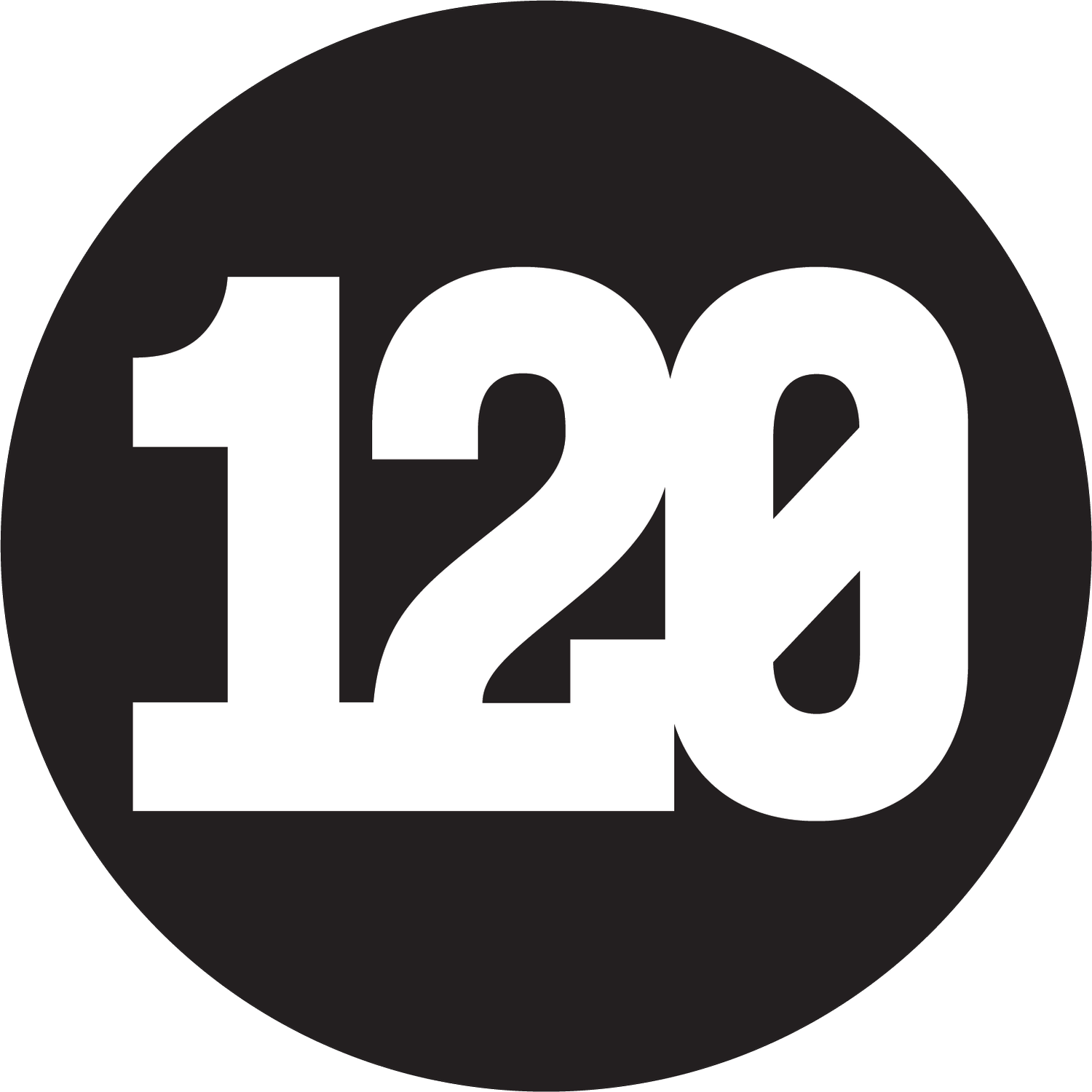HR Deserves a Seat at the Table. But Only If It Drives Results.
Why HR Isn’t Broken. The System Around It Is.
HR should be the engine that builds high-performing teams. But in most companies, it is stuck coordinating policies, launching feel-good programs, and managing issues after they happen.
That is not HR’s fault. It is a systemic failure. HR has been boxed in by outdated beliefs, legacy structures, and leadership teams that expect peacekeeping instead of performance.
It is time to change that. It is time to kill the cost center mindset that has held HR back for decades.
HR Is Treated Like Overhead. So It Acts Like Overhead.
When you treat HR like a back-office function, you get back-office results.
That looks like:
Engagement surveys with no follow-through.
Mandatory training sessions that check boxes but do not build skill.
Team-building events that feel good but fix nothing.
This is what happens when HR is incentivized to stay out of the way instead of stepping up to lead.
“HR gets judged by how well it keeps the peace. But high performance is not peaceful. It is disciplined.”
If HR does not own the standard for performance and clarity, no one else will.
HR Has the Power to Lead. It Needs Permission and a System.
When HR runs on the CORE system, it shifts from reactive to proactive. It stops waiting for the business to call. It becomes the business.
CORE aligns every function to three measurable outcomes:
Customer satisfaction
Team member satisfaction
Profitability
All three are equally important. None come at the expense of the others.
This alignment transforms HR from a service center into a performance consultancy. It becomes a strategic partner to every leader in the organization.
“They do not schedule leadership coaching. They are the coaches.”
This is what executional HR leadership looks like:
They run in-house training that builds capability and drives execution.
They embed with executives to create clarity, discipline, and performance standards.
They challenge any work that does not directly contribute to the three pillars.
They help leaders make the hard calls on team members who are not showing up.
This is not HR waiting for permission. It is HR setting the bar.
Accountability Is Respect. Not Risk.
A high-performing culture does not fear accountability. It demands it.
When HR creates a clear, supportive, and disciplined environment, accountability becomes expected and welcomed.
And when someone is not meeting expectations, HR does not wait. They partner with leadership to move quickly, with clarity and compassion. Not to protect the company. Not to check a legal box. But to keep the promise to everyone else who is performing.
“Compassion is not about avoiding hard decisions. It is about making them for the right reasons.”
Stop Managing Morale. Start Building Capability.
People do not come to work for a pizza party. They come to contribute, to grow, and to win. When HR focuses on surface-level morale boosters instead of building real skills and systems, it misses the opportunity to lead.
CORE demands that HR:
Coaches for performance.
Prioritizes work that drives measurable value.
Questions anything that does not align to the company’s purpose and outcomes.
“People do not want swag. They want to win at work and go home.”
When HR leads this way, people do not need motivation gimmicks. They are already engaged.
If HR Cannot Show ROI, It Is Not Strategic.
Let us be honest. If your HR team cannot point to how their work improves customer satisfaction, team member satisfaction, or profitability, then they are not leading. They are just coordinating.
That is not the future. That is the past.
You cannot run a high-performing business with a low-impact HR function. And you cannot scale a company if HR is spending its time solving yesterday’s problems.
“You did not get into HR to push paper. You got into it to lead people. Now is your chance.”
Your Move
If you lead HR, start here:
Ask how your current initiatives improve the three pillars.
Stop defending work that cannot prove its value.
Begin embedding with leaders to coach, align, and drive execution.
Set the standard for accountability and deliver on it.
If you are the CEO, ask yourself:
Have I asked HR to lead or just support?
Have I given them the power to coach and challenge?
Do I hold them to the same outcome-based standards as Sales or Product?
You do not need a reorg. You do not need a culture initiative. You need to decide that HR is here to drive performance.
That starts with a single shift in mindset.
HR is not a cost center. It is your competitive advantage.
But only if you let it lead.
Want to go deeper?
If this hit home, you’ll want to grab a copy of It’s Never Just Business. This isn’t another leadership theory book. It’s a call to action. Real talk, real stories, and a proven roadmap for driving high-performance leadership in the real world. No fluff. Just results.


